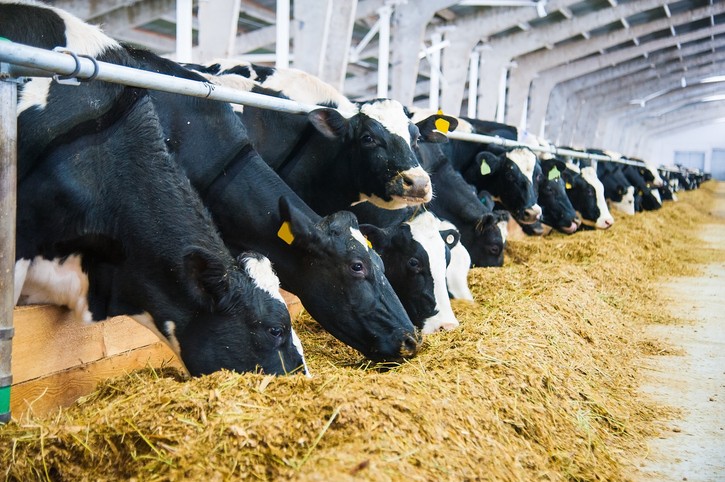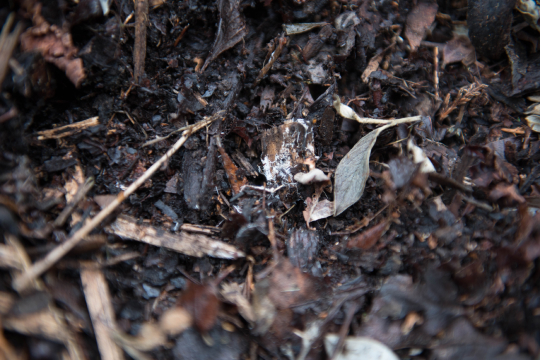Crude Glycerine Suppliers - Chemtradeasia
Tradeasia International as one of the top global Crude Glycerine suppliers provides you with high-quality Crude Glycerine for your market and industry solution. Get Crude Glycerine in different grades, quantities, and packaging right now
Crude Glycerine - Overview
Crude glycerine is produced from biodiesel by processing the glycerine phase in the transesterification reactor. Approximately, crude glycerine or also known as crude glycerol contained water, salts, glycerine, and non-glycerine organic matter. Crude glycerine is used as a raw material to obtain high-purity glycerine by the refining process. Tradeasia International as a global supplier of crude glycerine provides you with crude glycerine for your market solution. Get crude glycerine for industrial purposes in different grades and packaging right now.

Manufacturing Process

The degumming process of vegetable oil involves the removal of phosphatides from vegetable oil by centrifugation. Water is added in the mixture to allow the precipitation of phosphatides dissolved in oil. The precipitated phosphatides become heavier in mass due to the high water content absorbed. The centrifugation process allows phosphatides to migrate to the water phase; therefore, removing impurities in the oil. Degumming is required to refine the quality of the vegetable oil and allows longer storage time.
The vegetable oils undergo deacidification through a series of solvent extraction processes. The initial vegetable oil is mixed in methanol by agitation. The existing free fatty acid in the oil will preferably dissolve in methanol and decrease the concentration in the oil. As free fatty acid is the cause of the oxidation and unpleasant scent of the oil, it is essential to remove the compound from the oil to promote storage time and refining.
The deacidified oil is decomposed through a process called hydrolysis. The process utilizes water to break down the chains of triglycerides into glycerol/glycerine and fatty acid under high temperature and pressure. In this step, glycerine becomes available for extraction and undergoes further refining.
Triglycerides are treated with ethanol to produce crude glycerine in the presence of a catalytic base to yield ethyl esters of fatty acids. Before being used, crude glycerine will have to be purified to refined glycerine most of the time. USP or BP grade of crude glycerine ranges from around 65% to 85%, while refined glycerine is mostly 99.5% to 99.7%.
Applications

Feedstock
Crude glycerine has a high metabolizable – digestible energy ratio that is almost identical to soybean oil. The source of energy from glycerine is used to feed cattle and other herbivorous animal farms. Crude glycerine is used in the production of animal and poultry feed as a source of carbohydrates. It also has a high absorption rate in animals and rich in energy. Once absorbed by animals, it is converted to glucose by the enzyme glycerol kinase for energy production in the liver of animals.

Chemical intermediate
Crude glycerine can be further processed into a pure form, creating refined glycerine. It is also used to manufacture epichlorohydrin, which is used to manufacture epoxy resin. Crude glycerol can also be used to manufacture 1,3-propanediol.nature. The remaining crude glycerine is utilized as an intermediary chemical through thermo-chemical conversions. The product propylene glycol is manufactured from crude glycerine through a process called hydrogenolysis. The propylene glycol is utilized as an antifreeze compound and as a fuel additive in methanol fueled vehicles.

Composting
Crude glycerine is able to be used in composting through various biological conversions. The product succinic acid is produced from the fermentation process of crude glycerol with the bacterium Anaerobiospirillum succinici. In addition, further research has suggested that algal fermentation may convert crude glycerine into omega-3 polyunsaturated fatty acid.



